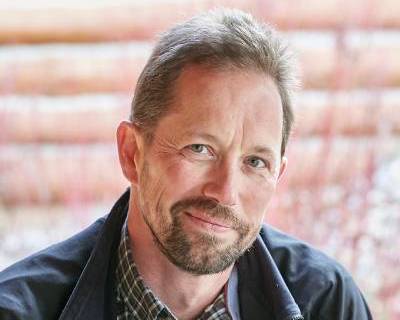Mentors
Brian Bothner |
||
|
Department: |
Research in the Bothner lab has two main focuses: (1) Investigating cellular response to stress using chemical, proteomic, and metabolomic techniques. (2) Assembly, stability, and dynamics of multi-subunit enzymes and protein-nucleic acid complexes. Research in our group spans from the atomic scale (using high resolution structural models) to complex interactive networks of nucleic acids, metabolites, and proteins that make up living organisms. Methanogens and extremophiles from Yellowstone National Park are at the center of a number of exciting research projects on-going in our group. |
Potential Projects: Uptake and trafficking of iron and sulfur in methane-producing microbes. Catalytic reactions behind aerobic methane synthesis. Metabolic changes associated with microbes shifting from aerobic to anaerobic respiration.
|
|
|
||
Ross Carlson |
||
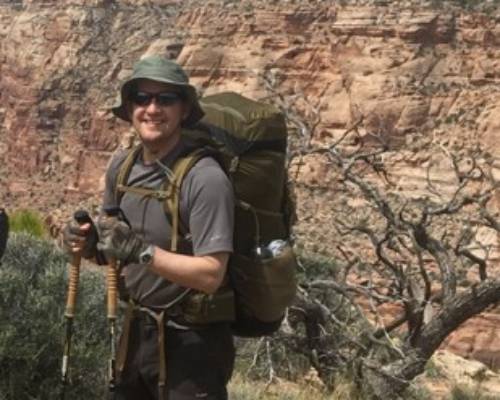 Department: Department:Chemical & Biological Engineering
|
The Carlson group is a biochemical engineering group studying a range of microbial systems including medical infections, biofuel production, and environmental nutrient cycling. Our research combines classic engineering concepts with applied microbiology. |
Potential Projects: Substrate preference of medical isolates as a function of antibiotic treatments. Crossfeeding of metabolites in engineered consortia. Fungal biofilms for food production. |
|
|
|
|
Valerie Copie |
|
|
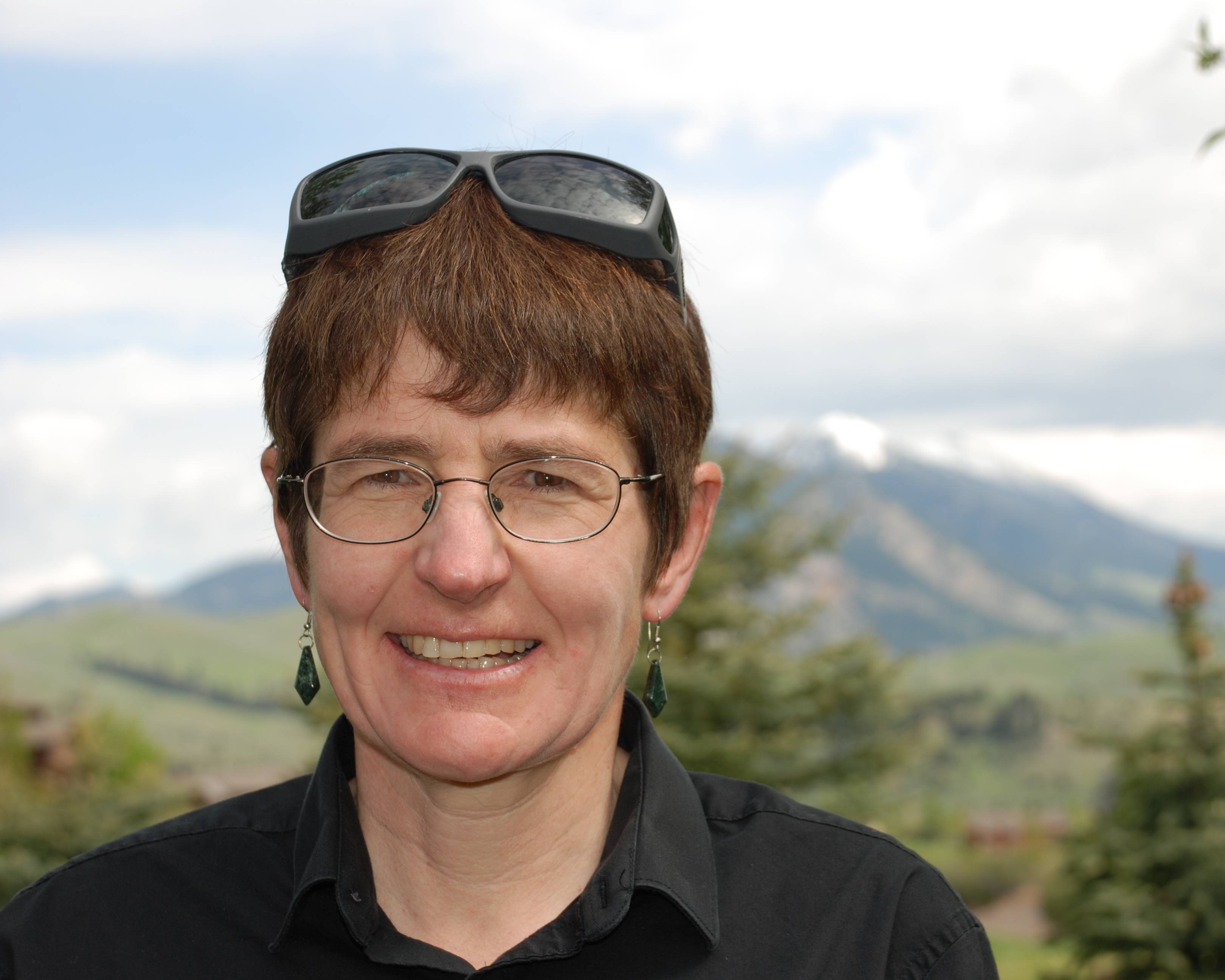 Department: |
Work in the Copié lab focuses on understanding and identifying metabolic pathways that control a microorganism’s response to its environment. To study this, our group uses both state-of-the-art nuclear magnetic resonance (NMR) spectroscopy and other complementary techniques to characterize the metabolomes of diverse microbial systems in an effort to understand how metabolic changes enable different organisms to adapt to environmental stress. Research in our lab is highly collaborative and we welcome students who aspire to conduct interdisciplinary research that bridges biochemistry, microbiology, bioengineering, and environmental sciences. |
Potential Projects: Identify the metabolic regulatory networks and adaptations necessary for microbes to thrive in extreme environments. Identify key biomarkers of Mannheimia haemolytica infections in beef cattle, a microorganism responsible for bovine respiratory disease. Determine the cellular networks of gut microbiome dysfunction.
|
|
|
|
|
Matthew Fields |
|
|
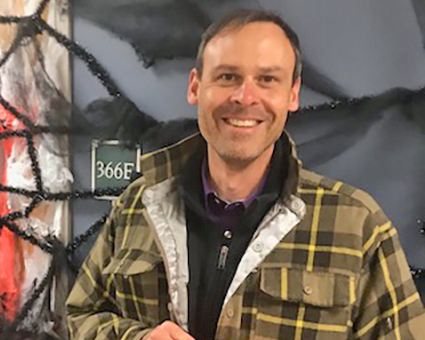 Department: |
The Fields research group uses a combination of physiology, biochemistry, genetics, and molecular biology to better understand microbiological relationships, from individual cells and small populations, to whole communities and ecosystems. Ultimately, improved insight into microbiological relationships will allow scientists to predict and model microbial communities, as well as understand how to design microbial communities and utilize them in a variety of natural and engineered systems. | Potential Projects: Understand nitrate-reducing biofilms in low-pH environments and engineered systems. Engineer biofilms using a novel 3D printing technique. Elucidate the role of symbiotic bacterial communities in algal biofilms. |
|
|
|
|
Christine Foreman |
|
|
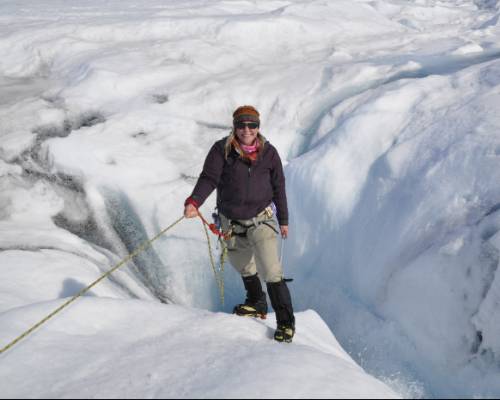 Department: |
Our research group is interdisciplinary in nature, including biologists, chemists, and engineers with the common goal of exploring microbial survival and material transformations in icy ecosystems. We use a combination of field and laboratory studies, as well as approaches ranging from the single-cell to the community level to investigate the ecology, physiology, and evolution extreme-loving microorganisms (i.e. extremophiles) in icy systems. Additionally, we are interested in the adaptations of organisms in extreme environments, as extremophiles are natural resources for the discovery of pigments, biosurfactants, novel enzymes and other bioactive compounds of industrial relevance. |
Potential Projects: Image and analyze biofilms from icy environments, looking at the internal and whole-biofilm properties in 3D space and time. Production of biosurfactants by extremophilic microbes. Modifications to extremophilic microbes in cold temperature conditions.
|
|
|
|
|
Robin Gerlach |
|
|
|
Department:
|
By tapping into the seemingly endless potential of microbes and biofilms to promote chemical reactions, we create solutions for societal problems, including global carbon emissions, sustainable energy production, novel biomaterials. Our research group currently focuses on the development of biology- and geology-inspired approaches for construction, material development, environmental remediation and medicine, as well as the development of technologies for producing algal biofuels and bioproducts through the use of extremophilic algae. |
Potential Projects: Grow and characterize bio-cement producing biofilms to create novel materials. Screen biofilm samples from Yellowstone hot springs and elsewhere for the biocement production capabilities at extremes of pH and temperature. Grow and characterize algal-bacterial-archaeal co-cultures with high biomass productivity. Screen biofilm samples from Yellowstone hot springs and elsewhere for communities, compounds and interactions that lead to increased biomass productivity.
|
|
|
|
|
Roland Hatzenpichler |
|
|
 Department: |
Our research focuses on microbial ecophysiology: the study of the physiology of microorganisms with respect to their habitat. We are interested in how the activity of the “uncultured majority” – the large number of microbes that evades cultivation under laboratory conditions – impacts humans and the environment on a micron to global scale. We are convinced that only by gaining an understanding of microbes directly in their habitat researchers will be able to elucidate the mechanisms of microbial interactions with the biotic and abiotic world. To accomplish these goals, we apply an integrative approach that bridges the two extremes of the microbial scale bar: the individual cell and the whole community. We focus on understanding microorganisms directly where they live, in their natural environment (in our case, Yellowstone hot springs and deep-sea hydrothermal sediment), rather than in a beaker in the laboratory. Key approaches that students will utilize are to visualize microbes using cutting-edge microscopy techniques and study how environmental change affects microbial metabolic activity. |
Potential Projects: Metabolic activity of a hot spring microbial streamer community. Effects of temperature extremes on the activity of hot spring archaea. Linking the taxonomy and activity of uncultured microbes in hot spring microbial mats. |
|
|
|
|
Ellen Lauchnor |
|
|
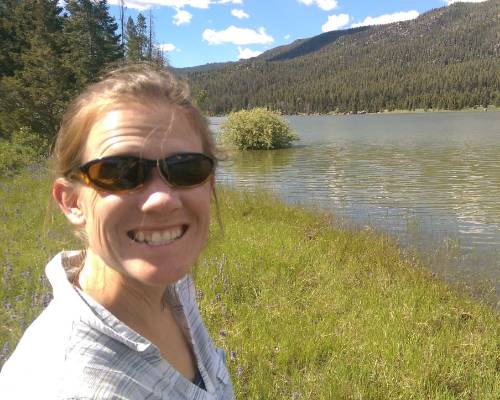 |
My research group works on strategies to improve water quality using microbes, both in environmental remediation and in wastewater treatment. For example, we study of bacterial processes that can reduce heavy metal contamination in water, which can be present as a result of mining activities. My research also extends into studying bacteria that remove certain contaminants from water during treatment of sewage. In particular, I’m interested in understanding bacterial processes in natural wastewater treatment systems, such as engineered wetlands. |
Potential Projects: Build and monitor wetland gravel beds fed with artificial wastewater to cultivate biofilms and measure greenhouse gases emissions. Grow biomineralizing bacteria on coal mine waste to form a protective carbonate mineral coating and mitigate the formation of acid mine drainage. Monitor water quality, greenhouse gas emissions, and help collect microbial samples from a pilot engineered wetland, in order to characterize biogeochemical processes in the wetland.
|
|
|
|
|
Brent Peyton |
|
|
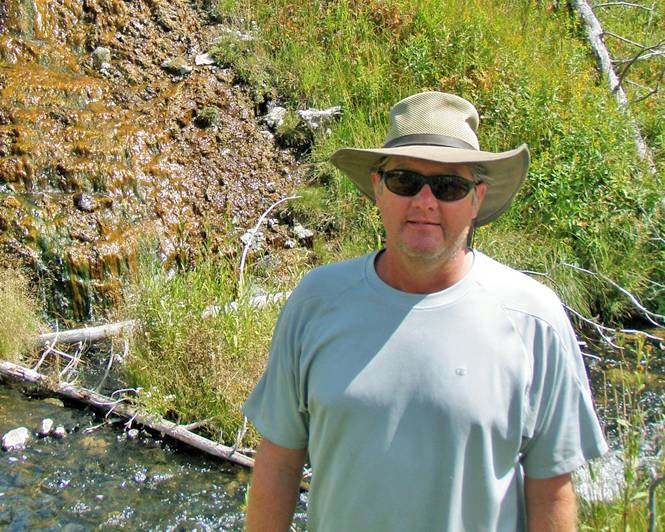 Department: Email: |
My research is focused on characterizing microorganisms and biofilm processes in natural and engineered systems, including the discovery and growth of extremophilic microorganisms and the understanding of biofilms for NASA and space related biofilms. Some REU students that work in my lab group will characterize and grow thermophilic (heat loving) biofilms on plastics that may lead to potential strategies for renewable plastics from current wastes. My group is also interested in biofilms in space, such as biofilms on the International Space Station or the potential for biofilms on Mars. REU students might also have the opportunity to grow biofilms in a simulated Mars saline seep that has potential to harbor life in the short Mars “summer”. |
Potential Projects: |
|
|
|
|
Adrienne Phillips |
|
|
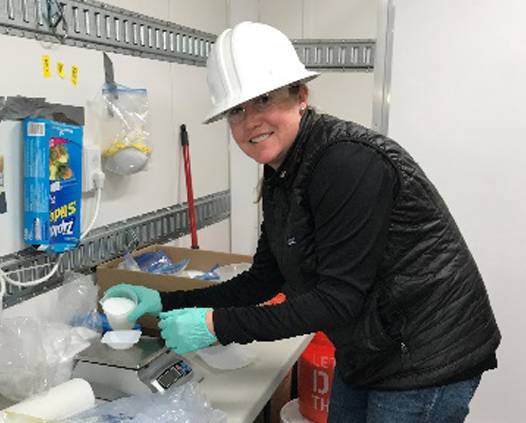 Department: http://www.biofilm.montana.edu/people/faculty/phillips-adrienne.html http://www.montana.edu/ce/directory/1524476/adrienne-phillips
|
Our research focuses on using bacterial biofilms for beneficial environmental engineering applications. Our team is inspired by nature’s ability to adapt to and thrive in extreme environments. Our current interests involve using biofilms to develop novel materials that can be used for construction and sustainable infrastructure (such as biological composites as alternatives to traditional cement and concrete) and environmental remediation in extreme environments such as the deep subsurface. |
Potential Projects: Explore the use of biofilms in subsurface applications to mitigate greenhouse gas emissions from leaking oil and gas wells. Investigate the use of alternate biological grouting materials in cold temperature environments for frost heave mitigation. Develop biofilm-based multi-functional building or infrastructure materials.
|
|
|
|
|
Elinor Pulcini |
|
|
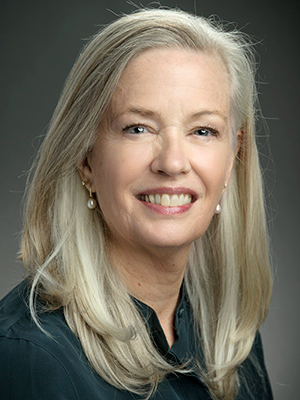 |
The Medical Biofilm Laboratory (MBL) is a research and teaching laboratory that does custom biofilm laboratory testing for companies to evaluate medical devices and tissue samples for the presence of biofilms and to test biofilm control strategies. In vitro models that can be used to evaluate biofilm control/treatment methodologies are an important part of the work performed in the MBL. |
Potential Projects: |
|
|
|
|
Phillip Stewart |
|
|
 |
Dr. Stewart’s research focuses on the control of detrimental microbial biofilms, multicellular aggregates of bacteria or fungi that form on wetted surfaces (e.g., dental plaque or slime on a kitchen sink strainer). A current target is biofouling that occurs in water systems of the International Space Station. The Stewart group is interested in the mechanisms that protect microbes in biofilms from disinfectants, antibiotics, and the innate immune system, allowing them to persist. The long-term practical goal of this work is to devise new strategies for improved control of biofilms in industrial settings and prevent infections on implanted medical devices. |
Potential Projects: Study biomass production of International Space Station fungal isolates from the Water Recovery System and potential triggers that increase clogging potential. Study chemical removal in the Space Station Water Recovery System, both before and after a nutrient filter and test for microbial growth before and after filtration.
|


